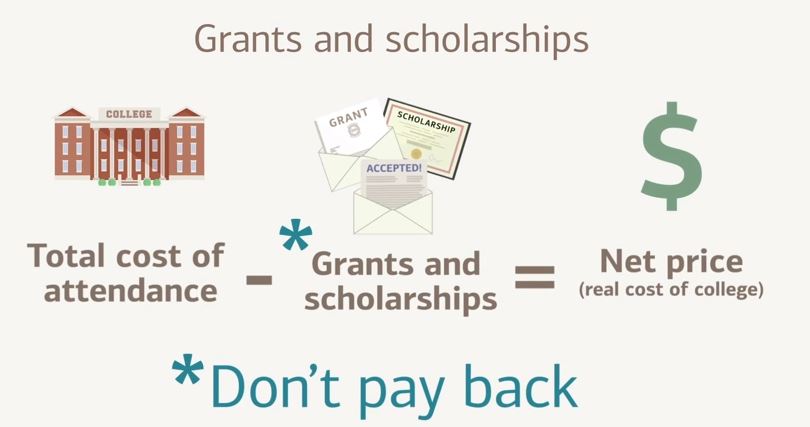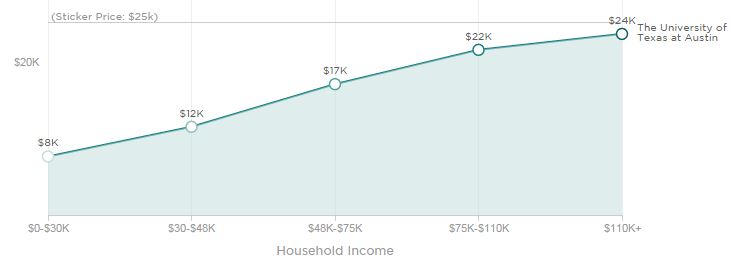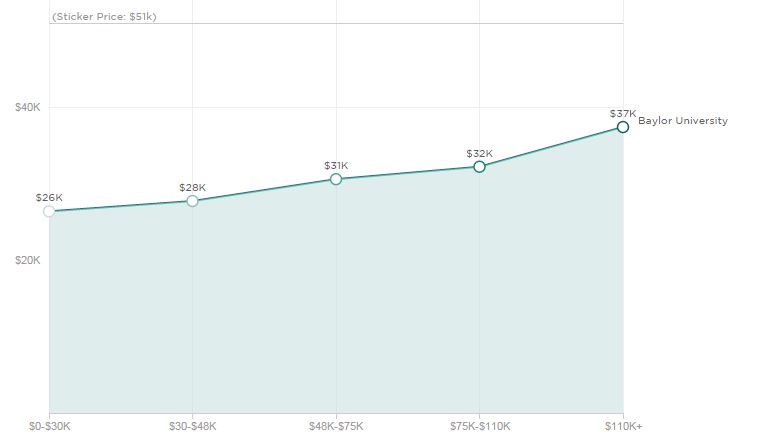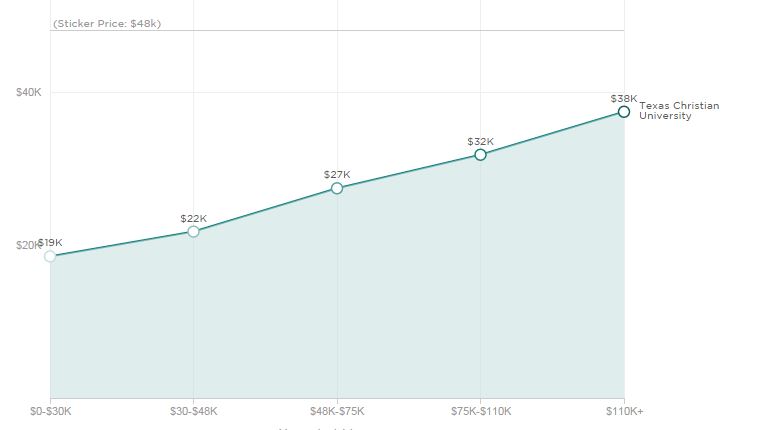There are two prices for every college degree: the sticker price and the net price. The sticker price is the number that most schools list in their brochures. The net price is that very same number less scholarships, grants and financial aid. It is what you actually pay. For an incoming freshman, this net price is the number that matters the most, and until recently, it was also the number that we knew the least about.
most schools list in their brochures. The net price is that very same number less scholarships, grants and financial aid. It is what you actually pay. For an incoming freshman, this net price is the number that matters the most, and until recently, it was also the number that we knew the least about.
This month, the Department of Education released the College Scorecard, a tool commissioned by the Obama administration to help students make better choices about college, and about spending money on college. The creators of the scorecard decided to exclude the sticker price altogether. Instead, they focused exclusively on the average net price for all students. But there’s one problem with this approach. It leaves out a key variable administrators use in determining how much college will cost a student: family income.
When comparing the net prices at several Texas colleges, several things become apparent:
- For the neediest students, whose families make less than $30,000 a year, net prices range from just $3,000 at Texas A&M and UNT to $8,000-$9,000 at UT, Texas Tech, and Rice University; to $26,000 at Baylor University. Rice and Baylor are both private colleges with sticker prices of $50,000 but only Rice is really addressing the financial need of these students.
- For students from middle income families, those making $48,000-$75,000 a year, net prices also varies dramatically: from a very reasonable $10,000 at Rice; to $12,000-13,000 at A&M, UNT and UT Dallas; to $31,000 at Baylor. Families in this category might not be considering Rice University because of its high sticker price, but would actually be better off there financially.
- For students in the highest income bracket, scholarships are going to make up a bigger portion of financial awards than grants, so the net price is around $20,000 per year for public colleges and about $36,000 per year for the private colleges. Although parents in this category might be surprised to learn that UT Dallas would be $9,000 per year less expensive than UT Austin.









